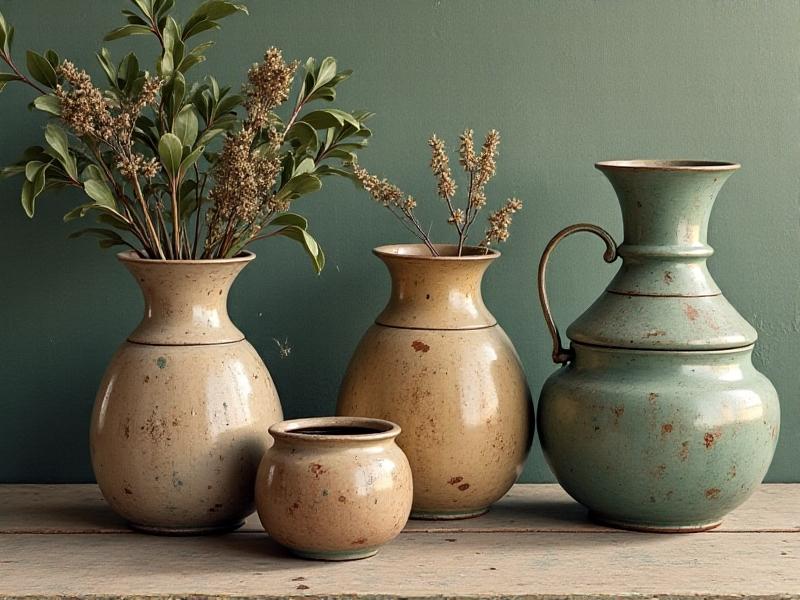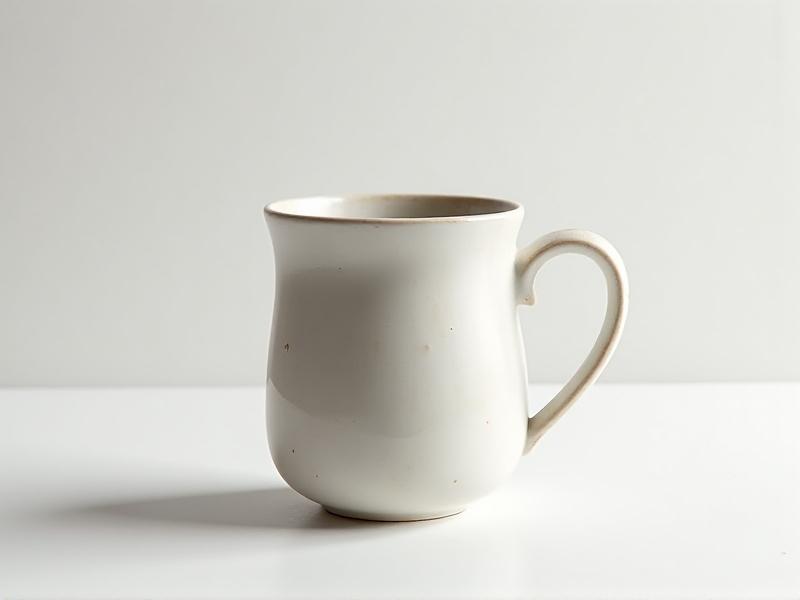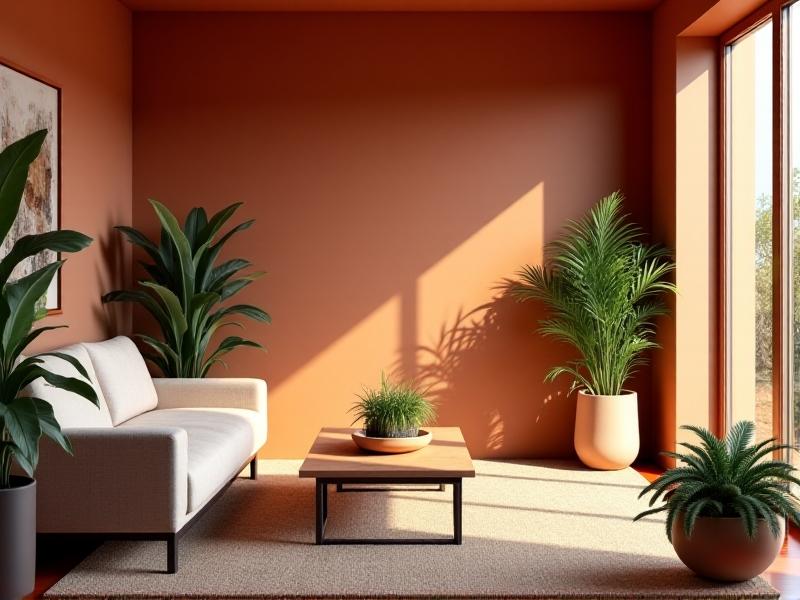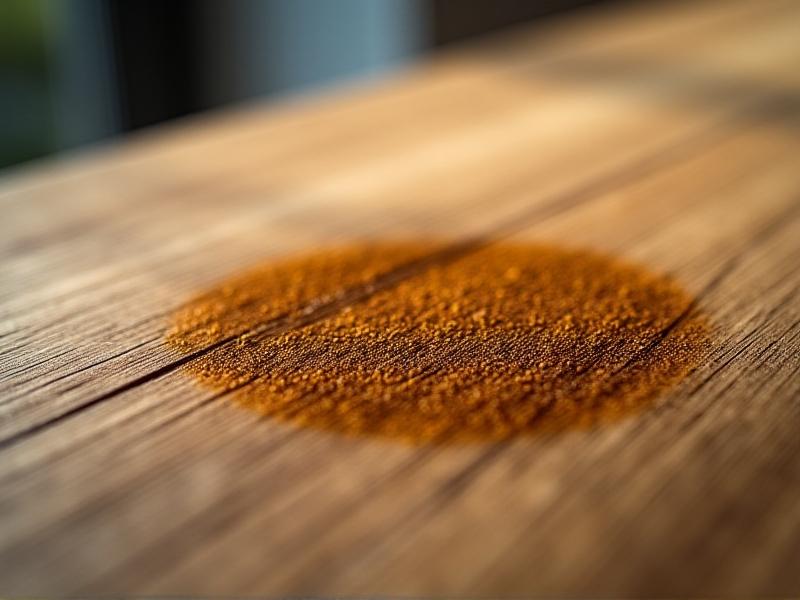Cane Revolution: Adding Woven Elements to Solid Pieces
The Resurgence of Woven Craftsmanship in Modern Design
Once relegated to rustic cabins or grandmother’s porch, cane weaving is experiencing a renaissance in contemporary interiors. Designers are reimagining this age-old technique by integrating woven elements into solid furniture pieces, creating a harmonious balance between organic texture and sleek modernity. This fusion not only adds visual interest but also bridges the gap between artisanal heritage and minimalist aesthetics. From chairs with cane-backed panels to cabinetry featuring woven detailing, the trend celebrates craftsmanship while offering a fresh take on functional art.
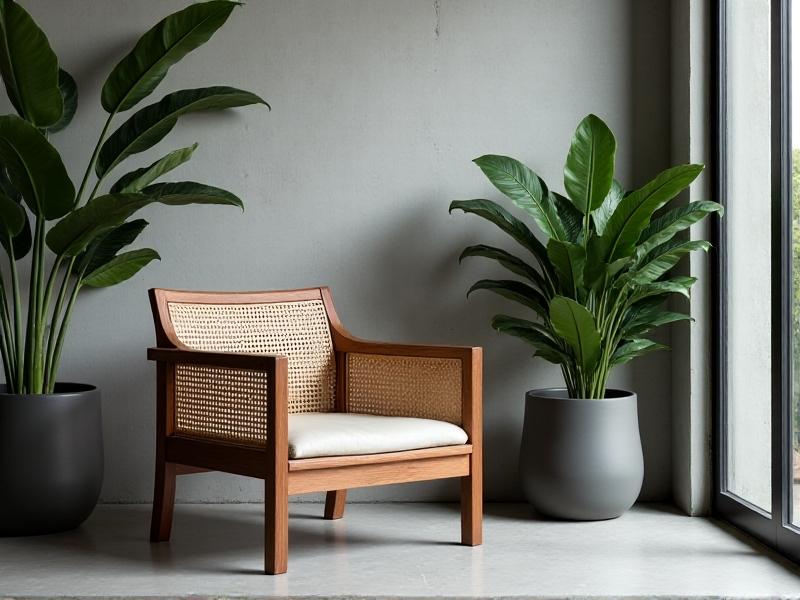
A Brief History: Cane Weaving’s Journey From Utility to Luxury
Cane weaving traces its roots to ancient civilizations, where reeds and rattan were used for practical items like baskets and fishing traps. The 18th century saw its evolution into furniture-making, particularly in colonial Asia and Europe, where breathable cane panels kept seating cool in humid climates. By the mid-20th century, designers like Hans Wegner and Charlotte Perriand elevated cane into high design through iconic pieces such as the Wishbone Chair. Today’s revival builds on this legacy, transforming what was once a humble material into a symbol of sustainable luxury.

The Art of Contrast: Balancing Solid and Woven Elements
Successful integration of cane relies on strategic contrast. Designers often pair dense materials like solid oak or marble with airy woven sections to create rhythm in a piece. A heavy walnut table base might support a cane-wrapped drawer front, while a chunky sofa frame could feature floating cane shelving. This interplay adds depth without overwhelming the eye, allowing each material to shine. The key lies in proportion—too much weaving risks looking dated, while too little loses the statement. Modern iterations often use cane as punctuation rather than the entire sentence.
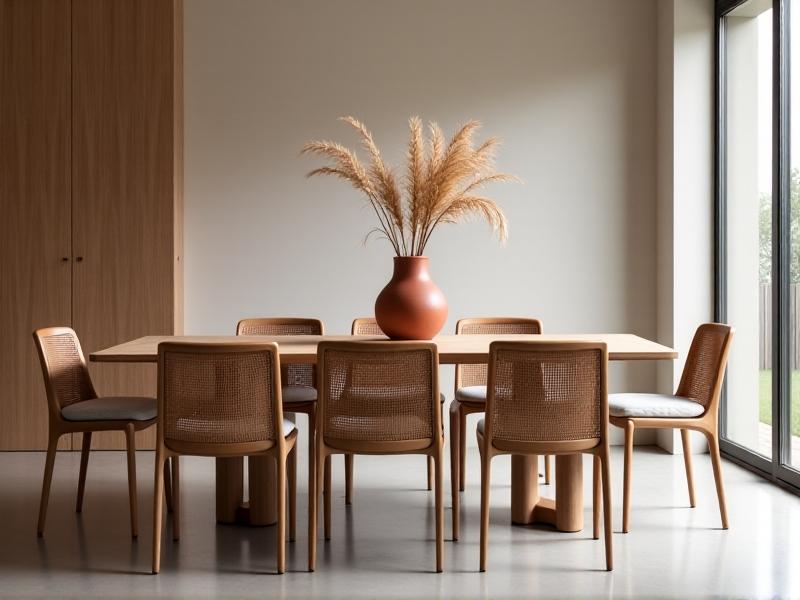
Sustainable Style: Why Cane Appeals to Eco-Conscious Design
As sustainability becomes non-negotiable, cane emerges as an eco-champion. Rattan grows rapidly without pesticides, sequestering carbon up to 20 times faster than hardwood forests. Its flexibility allows for low-waste production—offcuts become smaller decorative elements. Unlike plastic alternatives, aged cane develops a desirable patina and remains biodegradable. Forward-thinking brands combine cane with FSC-certified woods and non-toxic sealants, creating pieces that are beautiful today and kind to tomorrow’s ecosystems.

DIY Revolution: Incorporating Cane Into Existing Furniture
For design enthusiasts, adding cane elements offers achievable transformation. Replace cabinet doors with pre-woven cane panels using simple wood framing. Refresh an old stool by weaving cane into its seat—online tutorials make the basic checkerboard pattern accessible to beginners. Even temporary solutions work: cut cane placemats can become instant drawer liners. The key is starting small—a mirror frame or headboard accent—before tackling larger projects. These updates honor the handmade while making the trend accessible beyond high-end showrooms.
Innovators to Watch: Designers Pushing Cane Boundaries
Visionaries like Studiopepe are embedding illuminated cane panels in modular shelving systems, while Korean designer Seungjin Yang creates blown-up cane textures using resin. London’s House of Hackney pairs Victorian-inspired floral prints with cane bedframes for maximalist contrast. These innovators prove cane’s versatility—it can feel futuristic when laser-cut into precise patterns or nostalgic when paired with chintz. Their work positions cane not as a trend but as a permanent fixture in design evolution.
Future Forecast: Where Woven Meets Technology
The next frontier combines traditional weaving with digital fabrication. 3D-printed polymers mimic cane patterns for outdoor use, while parametric design software helps create ergonomic woven supports. Some labs experiment with bio-engineered rattan that grows faster and straighter. Augmented reality apps now let users visualize cane accents in their space before purchasing. As material science advances, expect cane-inspired textures in unexpected places—acoustic wall panels, lamp shades that filter smart lighting, even automotive interiors marrying ventilation and style.

